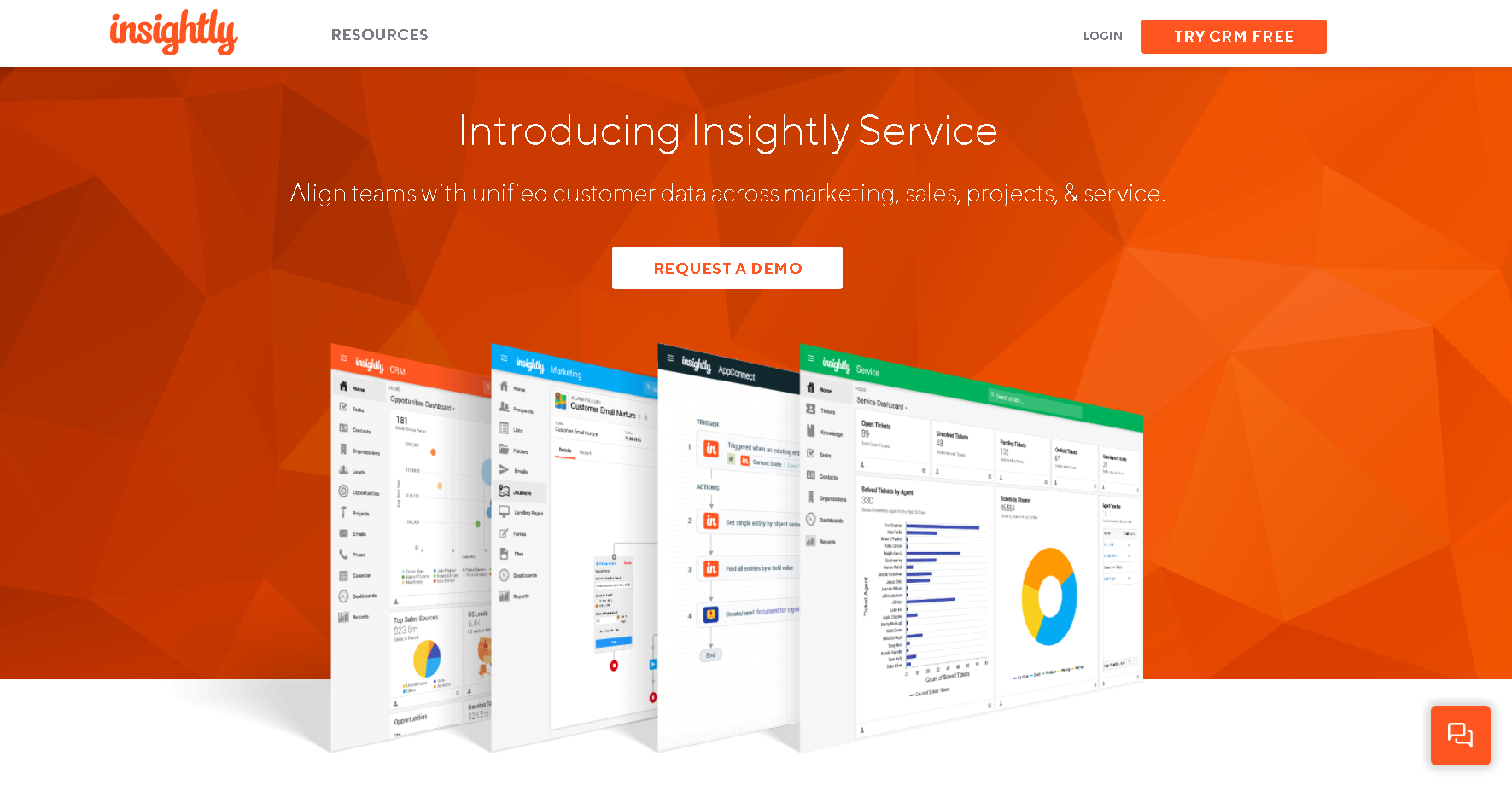

Organizations that determine the purpose of the storage or processing of personal information are considered controllers. Organizations are classified as processors or controllers of personal data.

The GDPR applies to any organization that is organized in the EU and any organization that processes personal data of EU citizens. It is not legal advice, and you should speak to legal counsel regarding the GDPR and how it affects your organization. The following information is provided to help you understand general concepts about the GDPR.

Non-compliance can result in hefty fines. All organizations needed to be aware of their responsibilities and ensure that they were compliant with GDPR by May 25, 2018. Personal data is any information relating to an identifiable individual.Įnforcement of the GDPR began on May 25, 2018. The goals of the GDPR are to increase transparency and fairness in the handling of individuals’ personal information. In doing so, it also expands the obligations of organizations who collect or process that data. The General Data Protection Regulation (GDPR) is an EU regulation that expands the protection of personal data of EU citizens. To enter new data via the spreadsheet interface.You, Insightly, and the General Data Protection Regulation This is useful for making small changes once a data set has been read. When invoked on a data frame or matrix, edit brings up a separate spreadsheet-like environment for editing. User-contributed packages can be a rich source of datasets. If a package has been attached by library, its datasets are automatically included in the search. To access data from a particular package, use the package argument, for exampleĭata(package="rpart") data(Puromycin, package="datasets") However, in a few cases it loads several objects, so see the on-line help for the object to see what to expect. In most cases this will load an R object of the same name. However, many packages still use the earlier convention in which data was also used to load datasets into R, for exampleĪnd this can still be used with the standard packages (as in this example). PostScript diagrams for typeset documentsĪs from R version 2.0.0 all the datasets supplied with R are available directly by name.Temporary changes: Arguments to graphics functions.Arguments to high-level plotting functions.Nonlinear least squares and maximum likelihood models.Analysis of variance and model comparison.Generic functions for extracting model information.Classes, generic functions and object orientation.Repetitive execution: for loops, repeat and while.Grouping, loops and conditional execution.Examining the distribution of a set of data.The concatenation function, c(), with arrays.



 0 kommentar(er)
0 kommentar(er)
